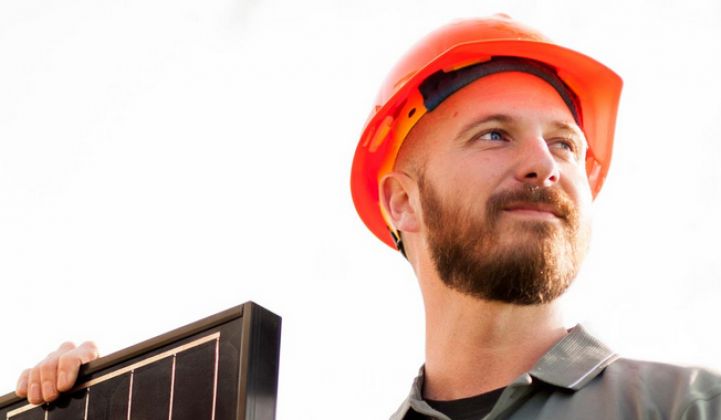Sungevity's shine has dimmed.
The residential solar company, ranked fifth for market share on GTM Research's PV Leaderboard, laid off 66 percent of its remaining workforce Thursday morning. The company had already cut dozens of workers in January after an expected merger fell through at the close of 2016, taking with it the promise of a $200 million cash infusion.
Bankruptcy could be coming very soon, multiple sources at the company reported.
The January layoffs targeted senior and mid-level managers, hinting at financial desperation: These were roles that would be useful in the long term, but weren't driving immediate revenue. The latest round amounts to clearing house, on the order of 400 people or so.
The company even declined to pay severance or accrued vacation days -- it handed out checks for the last pay period and sent people on their way.
Now the game plan appears to be stripping down the company to its core software platform and selling it off. According to sources, furniture store Ikea may be interested in picking up the pieces.
Even as solar deployments nearly doubled year-over-year and solar industry jobs grew 25 percent, the top residential installers have struggled to achieve profitability. Market leader SolarCity cut its staff by 20 percent in 2016, Reuters reported recently. Customer acquisition costs represent a major challenge for companies trying to do business across the country.
Sungevity initially made waves with a solution for that: a digital platform that could give quotes and design rooftop systems without having to roll a truck. The leadership famously chose an "asset-light" strategy, investing in the software and outsourcing the capital-intensive elements like equipment, installation and financing.
The asset-light approach did not stop cash burn. We covered Sungevity's financial dilemma in detail here. The company needed to significantly increase installations in 2017 and cut operating costs for each installation. That would, theoretically, allow Sungevity to cross over from losing money to making a few million dollars.
The actual installation business was largely out of Sungevity's hands, though -- its employees monitored installation partners from afar. When money got tight, the leadership targeted its internal costs: employees. It can't continue on its own in this stripped-down state, so the question now is who might want to buy the remaining assets at a discount.
Sungevity has a European operation, which could make it more attractive to a company like Ikea.



